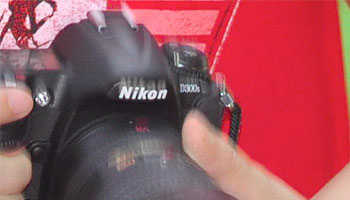
Nikon has refreshed two of its most popular lenses. The AF-S 70-200mm f/2.8G VR II lens gets an upgrade in optics and moves up to the VR II image stabilization.
The new AF-S 18-200mm VR II lens gets a zoom lock switch to prevent the lens from creeping out while hanging from your neck. Additionally, the new superzoom lens gets Super Integrated Coating to help reducing ghosting and lens flare.

The AF-S 18-200mm VR II should be available in September 2009 at an initial retail price of $849.95. Check availability on Amazon.com.
The AF-S 70-200mm f/2.8G VR II should be available in November 2009 at an initial retail price of $2399.95. Check availability on Amazon.com.
More details in the press release below. [Read more…]













